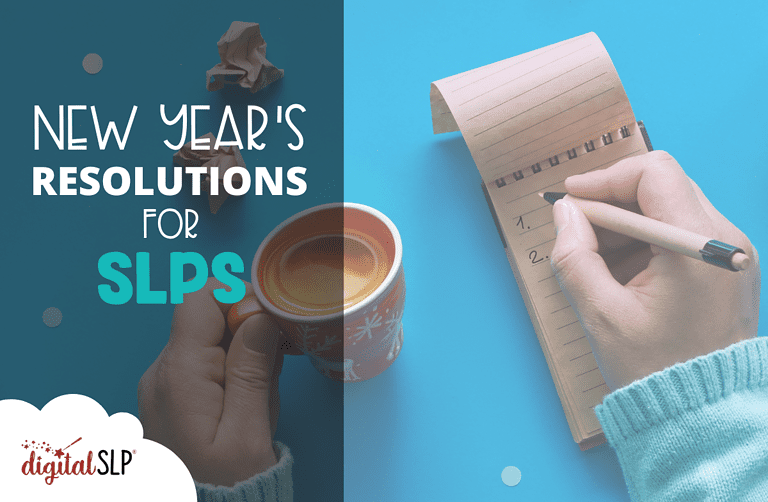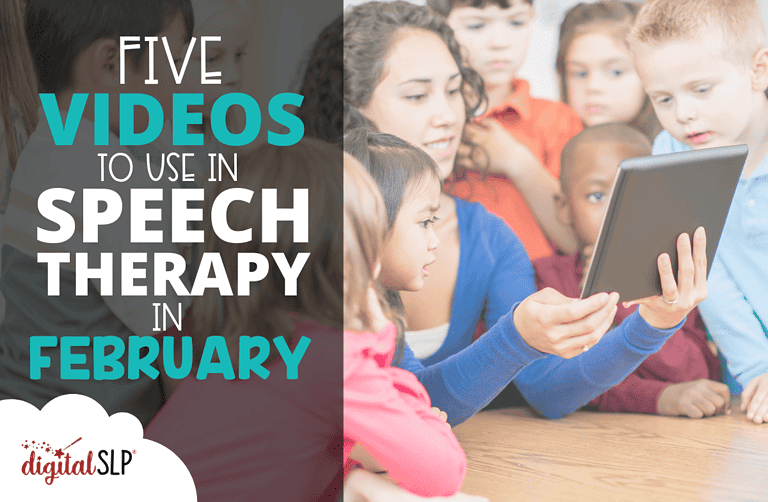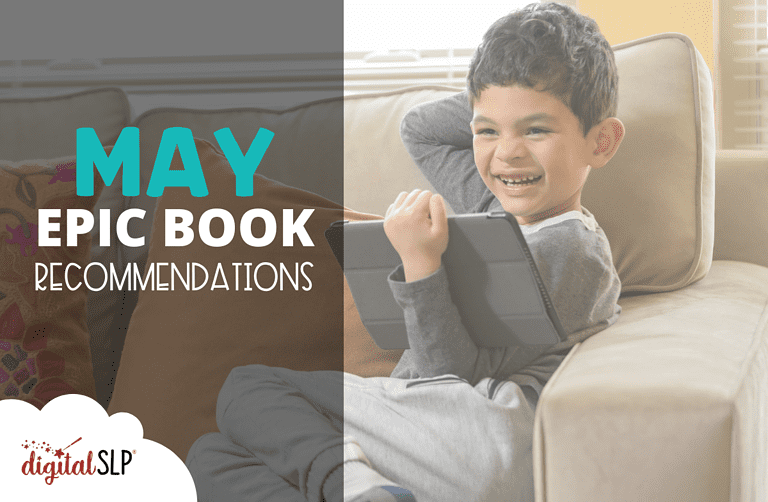This post contains affiliate links for which we may receive compensation at no additional cost to you. Click here to read our full affiliate policy.
SLPs are a brave bunch, but there are two words that strike fear into our hearts: mixed groups. When scheduling constraints and huge caseloads cause us to see students with different types of goals (e.g. articulation + language) in the same session, we often feel overwhelmed and ineffective.
It doesn’t have to be this way! Mixed groups will never be ideal, but they don’t need to make us miserable. Over the years, I’ve learned four ways to manage mixed groups, and I’m excited to share these simple strategies with you!
Before I start, I want to be clear that struggling with mixed groups doesn’t make us bad SLPs, or mean that we’re doing something wrong. In fact, I think struggling with mixed groups is a sign of how much we care, and how much we want to do what’s right for our students.
Ultimately, we need smaller caseloads and more scheduling autonomy, but systemic changes happen slowly, and if we burn out in the meantime, that doesn’t help anyone! The ideas in this post won’t fix everything, but my hope is that they can reduce our stress and help us stay hopeful.
Strategy #1: A New Mindset
The first strategy I’m going to share might seem obvious, but it’s incredibly powerful: shifting into a mixed group mindset. In graduate school, most of our clinical work was in ideal contexts, with 1:1 sessions and lots of planning time. Maybe internships gave us a taste of the scheduling realities in schools and other settings, but that experience couldn’t fully prepare us for life after grad school. It’s no wonder we feel overwhelmed!
Adopting a mixed group mindset doesn’t mean we give up on the systemic changes that our field needs. But it does mean that we embrace our current reality and focus on learning how to be as effective as possible within a far-from-ideal situation.
For me, a big part of this shift was changing the way I looked at my materials. I stopped dividing them into strict categories for different goal areas, and I tried to see them with new eyes. When I did this, I discovered a world of possibilities! I noticed that many of my articulation resources had visuals that would be great for describing and narrative practice. I saw that my favorite language games had opportunities for social communication. And I realized that picture books and nonfiction passages can be used to target just about anything!
It took some practice, but as my mind settled into this new way of working, the ideas started flying. Now, when I’m at a store, I love walking down the game aisle, picking up one I haven’t seen before, and brainstorming how to use it with as many students as possible.
Let’s run through an example using the game Hues & Clues, just so you can see how this works!
When I first saw this game, I was immediately drawn to the beautiful grid of colors on the box.
So, before even opening the game, we could use it to:
- Target initial /k/, medial /l/, or vocalic /r/ at the sentence level (“I see a color that___”)
- Work on inferences (“Many spring flowers have this color. Bananas do too! What is it?”)
- Start a conversation in a social group (“Which color is your favorite? Why?”)
- Practice figurative language by creating similes using colors (“Green like grass on the first day of spring”)
- Predict what the goal of the game will be
Once the box is open, students could:
- Read and discuss the rules to practice sequencing and following directions
- Use describing skills to help other group members guess which color they’re talking about (this is the actual goal of the game)
- Ask and answer wh-questions to support the guessing process
- Find objects in the speech room that match the colors in the game
- Choose a fluency strategy to use while playing the game
Not all of those ideas actually involve playing the game as its creators intended—and that’s okay! The mixed group mindset involves thinking outside the box, changing the rules, and being open to all possibilities. If you give it a try, please let me know how it goes!
Strategy #2: Goal Transparency
My next strategy involves ensuring that each student in each group knows what they’re working on in a given session.
In my early SLP days, I almost felt like I was doing something wrong if my students knew what they were working on. I focused on making my sessions engaging, and I did this by “hiding” goals in fun games, like a parent hiding zucchini in chocolate cake. There’s nothing wrong with engaging sessions (or chocolate cake)! But I eventually realized that because I wasn’t talking to my students about their goals, they were missing out on an opportunity to take ownership over their learning.
It’s especially helpful for students to know their goals in a mixed group, so I recommend starting each session with a quick review as you explain the plan for the day. This can be as simple as saying, “Okay, we’re going to look at this book together. Hanna, you’re practicing those /s/ blends, so each time you see a snake, you’ll tell me what it’s doing. Mario, you’re working on predicting, so before I turn each page, you’ll guess what’s going to happen next. Darius, you’re working on wh-questions, so as we go through this book, I will pause sometimes and ask you questions.”
This simple strategy prevents confusion and helps students understand why they aren’t all doing the same thing. And even if your students don’t have social goals, this strategy is a real-life reminder that we’re all different, we’re all working on different skills, and we can cheer each other on as we learn.
Strategy #3: Open-ended Games + Stimulus Folders
The third strategy I want to share is another one that’s simple but effective: using open-ended games. When it comes to mixed groups, open-ended games are your best friend! They include any simple turn-taking game that isn’t overly content-specific, like Jenga, Connect 4, Kerplunk, or Chutes and Ladders. The Digital SLP has some options as well, including a coloring game and a puzzle.
The flexibility of these games is what makes them so great for mixed groups, but it also means that you’ll need some additional materials in order to use them for targeting specific goals. That’s where the second part of this strategy comes in!
I like to keep a folder with articulation word lists, social questions, short reading passages, picture scenes, and other grab-and-go stimulus items to pair with open-ended games. (My folder is digital, but a physical folder with paper materials would work too!) Then, when I have a day with a lot of mixed groups, we play the same game in every group, and I just pull specific materials for different goal areas from my folder right before each session to pair with the game.
This system isn’t perfect! For example, if I have a student working on word-level articulation and a student working on reading comprehension, the articulation student will need to be patient (or practice quietly on their own) while the other student takes a turn. But the reality is, nothing about mixed groups is perfect, and we’re doing the best we can in a challenging situation, which brings me to my final strategy!
Strategy #4: So Much Compassion
This last strategy is kindness and compassion. Mixed groups feel hard because they are hard, and I’m pretty sure they always will be. With that in mind, sometimes all we can do is offer ourselves (and our students) grace and patience, knowing that our work is still meaningful on the days when it feels messy.
How do you make mixed groups manageable? I would love to hear your ideas!













Recent Comments